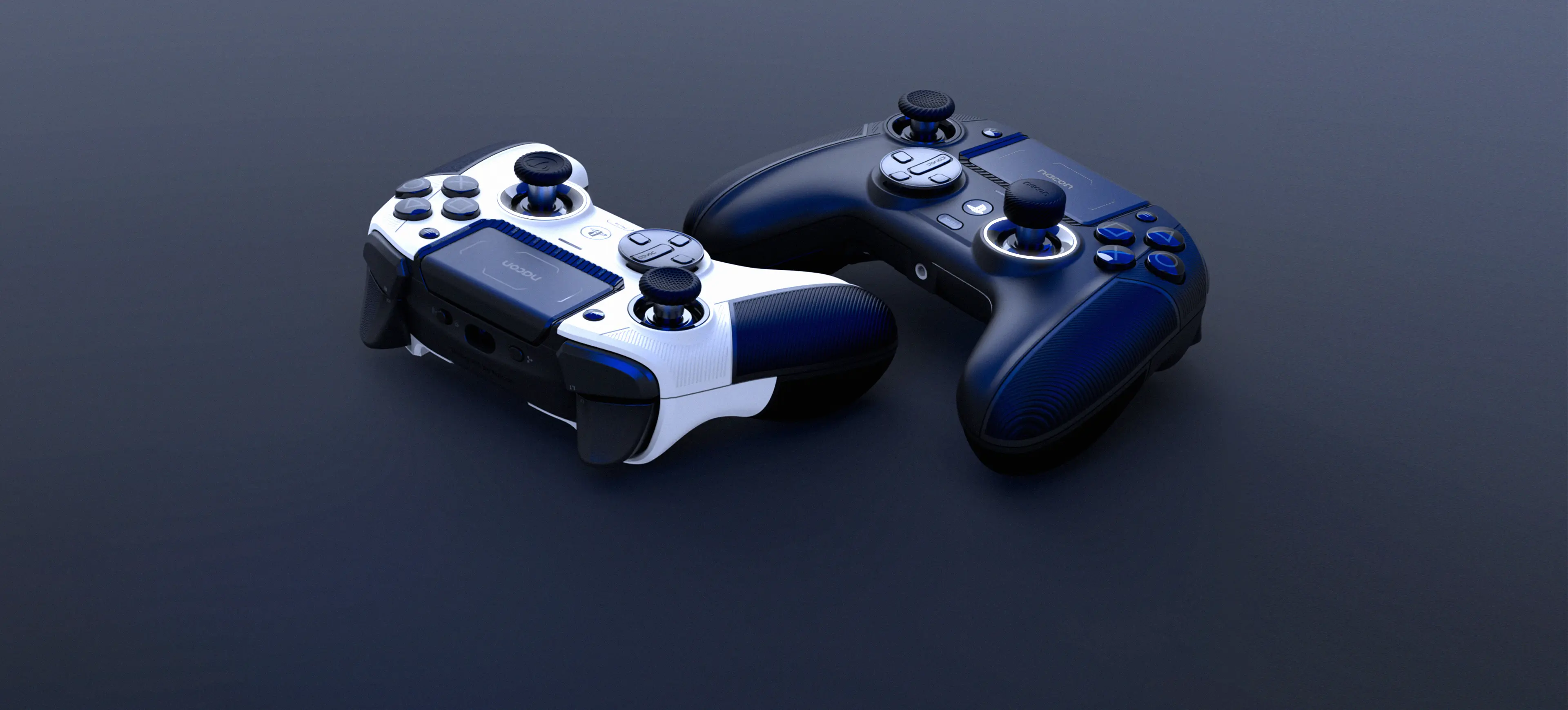Prefer playing your Android games with a controller instead of the touchscreen? In this guide, discover the top compatible games, how to connect your controller, and tips for an optimal setup.
The best Android games compatible with controllers
The Play Store offers over 400 controller-compatible games — and that number grows every month. You’ll find titles to suit every gaming style:
Action games like Call of Duty Mobile (especially optimised for the PS5 Call of Duty Mobile controller) or Fortnite, perfect for competitive players
Racing games like Asphalt 9, where a controller gives you much better precision
RPGs like Genshin Impact, which are far more enjoyable with traditional controls
Platformers like Dead Cells, which really shine with a physical controller
Arena games like playing Brawl Stars with a controller, offering a smoother, more competitive experience
Using a controller completely transforms your mobile gaming experience. No more thumbs blocking the screen — you get a full view and precise input. For some games like Stardew Valley or Terraria, using a controller makes a huge difference in comfort and gameplay.
How to set up a controller on Android
Connecting a controller to your Android device is easier than you might think. Whether you go wireless via Bluetooth or plug in directly with USB, most modern controllers are automatically recognised. Configuration apps can help you fine-tune the controls to your liking.
Connecting via Bluetooth
Bluetooth is the most convenient way to play wirelessly. First, enable Bluetooth in your phone’s settings. Then, put your controller in pairing mode. On a PS4 DualShock 4, simply hold the PS and SHARE buttons until the light bar starts flashing. On an Xbox controller, press the sync button on the back. Once your controller appears in the list of available Bluetooth devices, select it. That’s it! For future sessions, just press the main button to reconnect. If pairing fails, make sure the controller isn’t still linked to another device — in that case, forget the old connection in Bluetooth settings before trying again.
Connecting via USB
USB is a reliable alternative to Bluetooth. Start by turning off your controller. Then plug a USB cable between your phone and the controller. For some models like the SHAKS S3, press the Start button first before plugging in — the order matters. Your phone should detect the controller automatically.
If it doesn’t connect on the first try, don’t worry. Unplug everything and try again. Also check that you’re using a compatible USB cable. For newer phones with USB-C ports, you might need an adapter.
Pro tip: always keep a USB cable handy. It’s useful when your controller’s battery is low or if you run into Bluetooth issues.
Useful apps for configuration
Configuration apps can really make life easier when using a controller. Mantis Gamepad is especially handy — it lets you map buttons for controllers that aren’t natively supported. In other words, it can make incompatible controllers work on your phone.
Other apps like Octopus offer advanced customisation for every button. For dedicated devices like the Backbone One or Razer Kishi, their companion apps provide extra features like trigger calibration and firmware updates.
Types of controllers compatible with Android
The compatibility of smartphone controllers with Android is impressively broad. You’ve got plenty of options depending on your needs and budget.
Standard console controllers work brilliantly. If you already own a recent Xbox or PlayStation controller, there’s no need to buy a new one — just pair it via Bluetooth. Just remember to get a phone holder if you need one.
There are also controllers made specifically for Android:
Hybrid controllers like the Razer Kishi, which attach directly to your phone
Controllers with built-in phone mounts like the Razer Raiju Mobile
Universal controllers that work across multiple devices
The best choice depends on how you play. If you game on the go, a controller with a built-in phone grip is ideal. For playing at home, a standard console controller is more than enough. Just make sure your phone fits the mount — larger models can be tricky.









